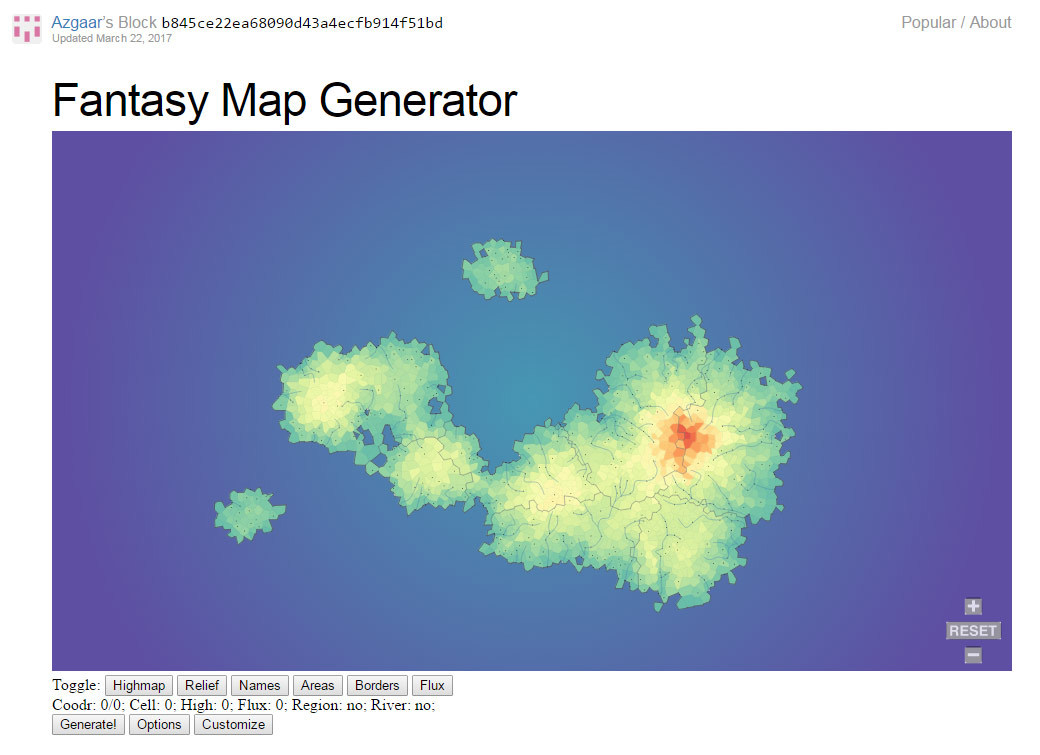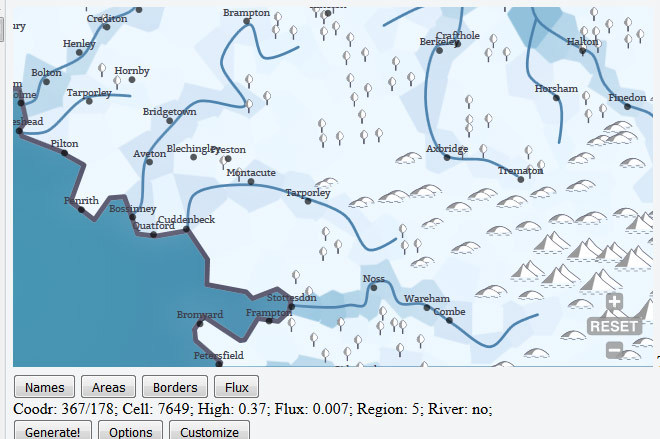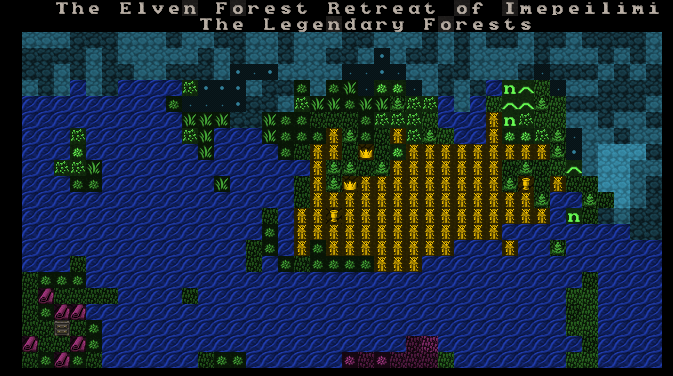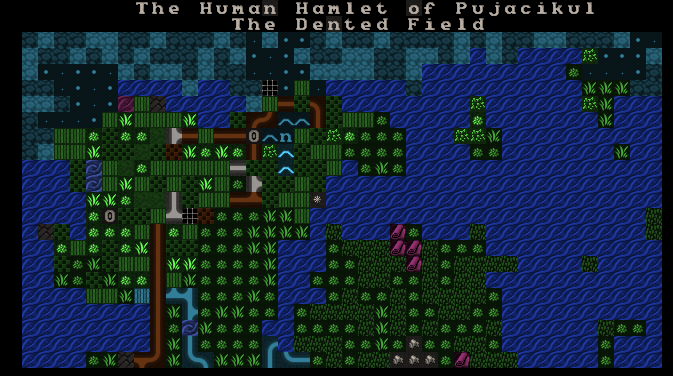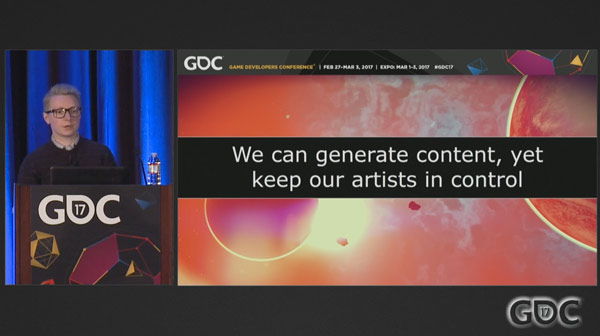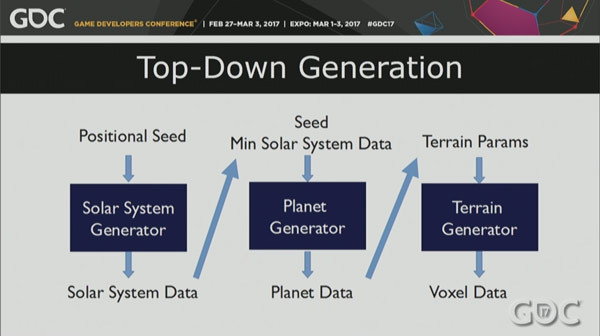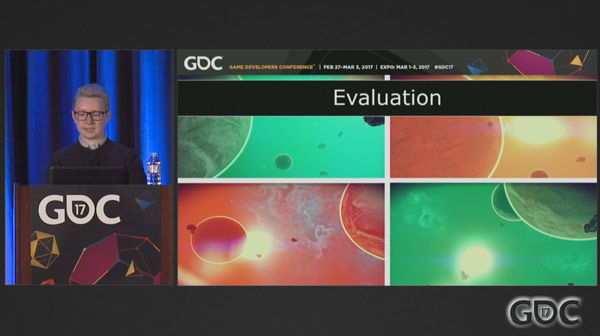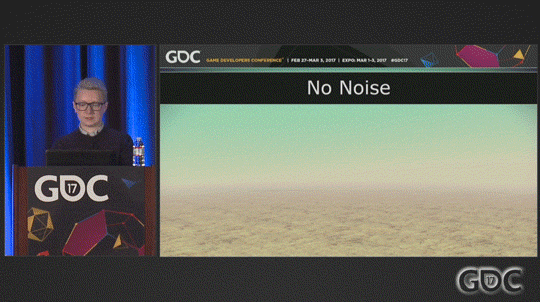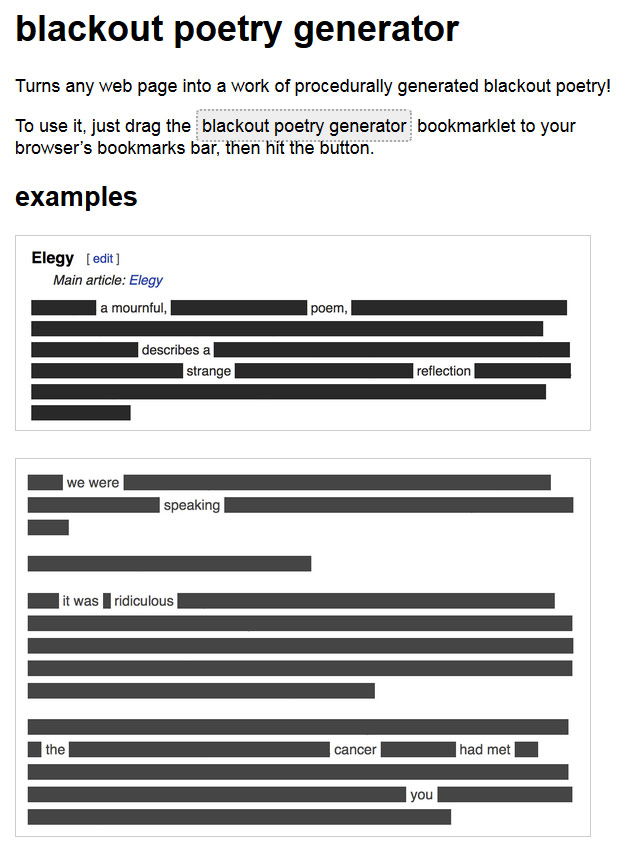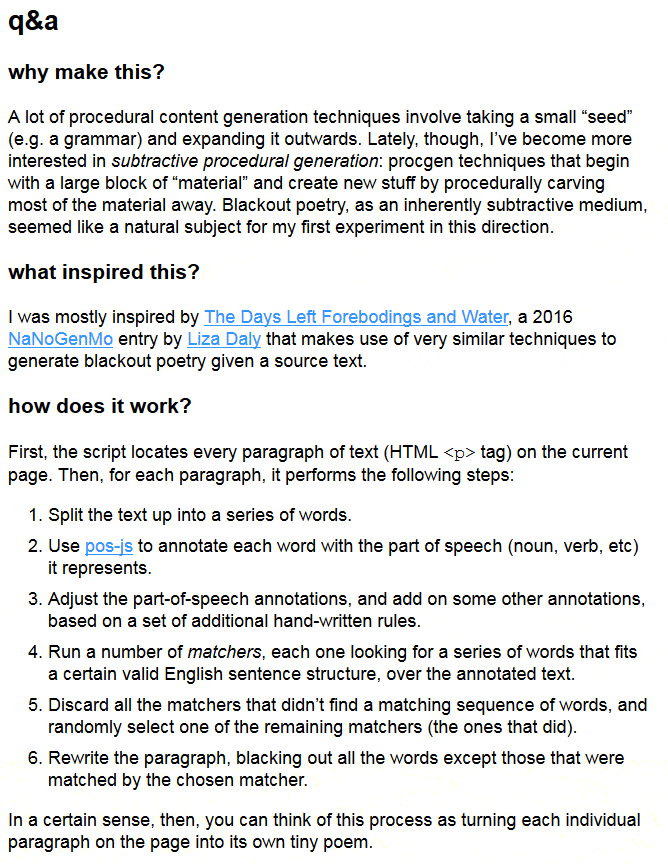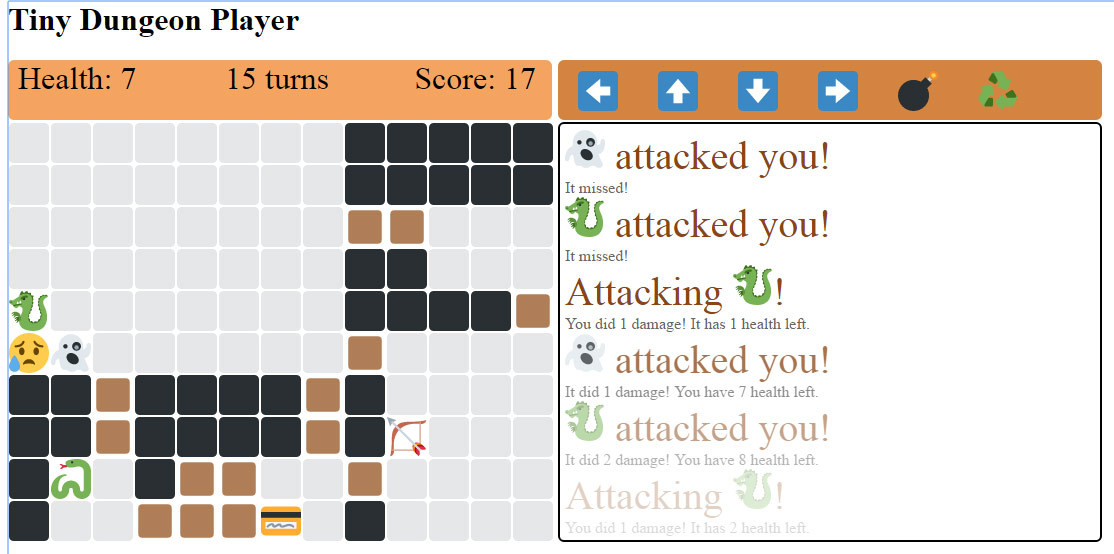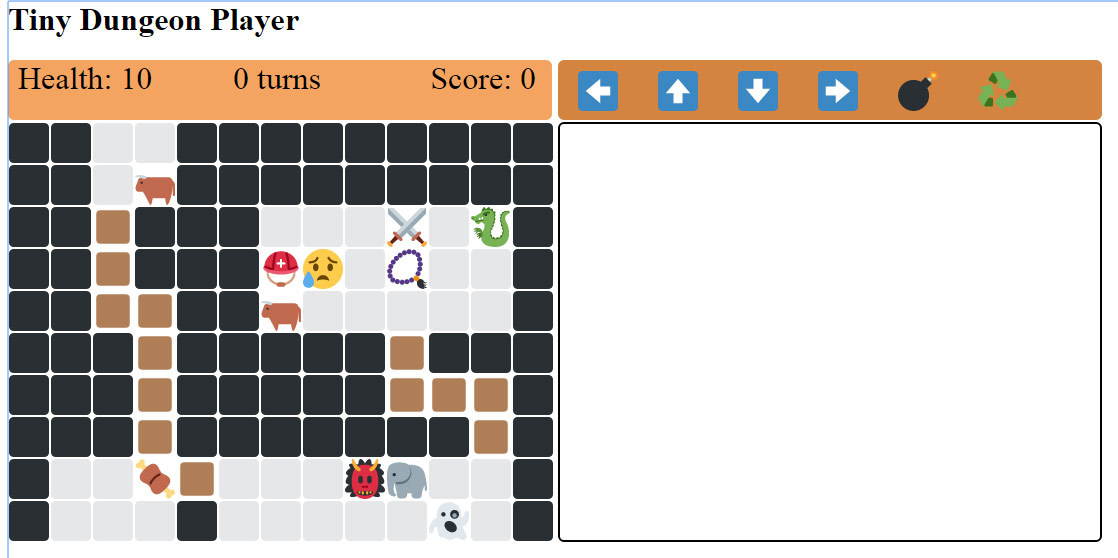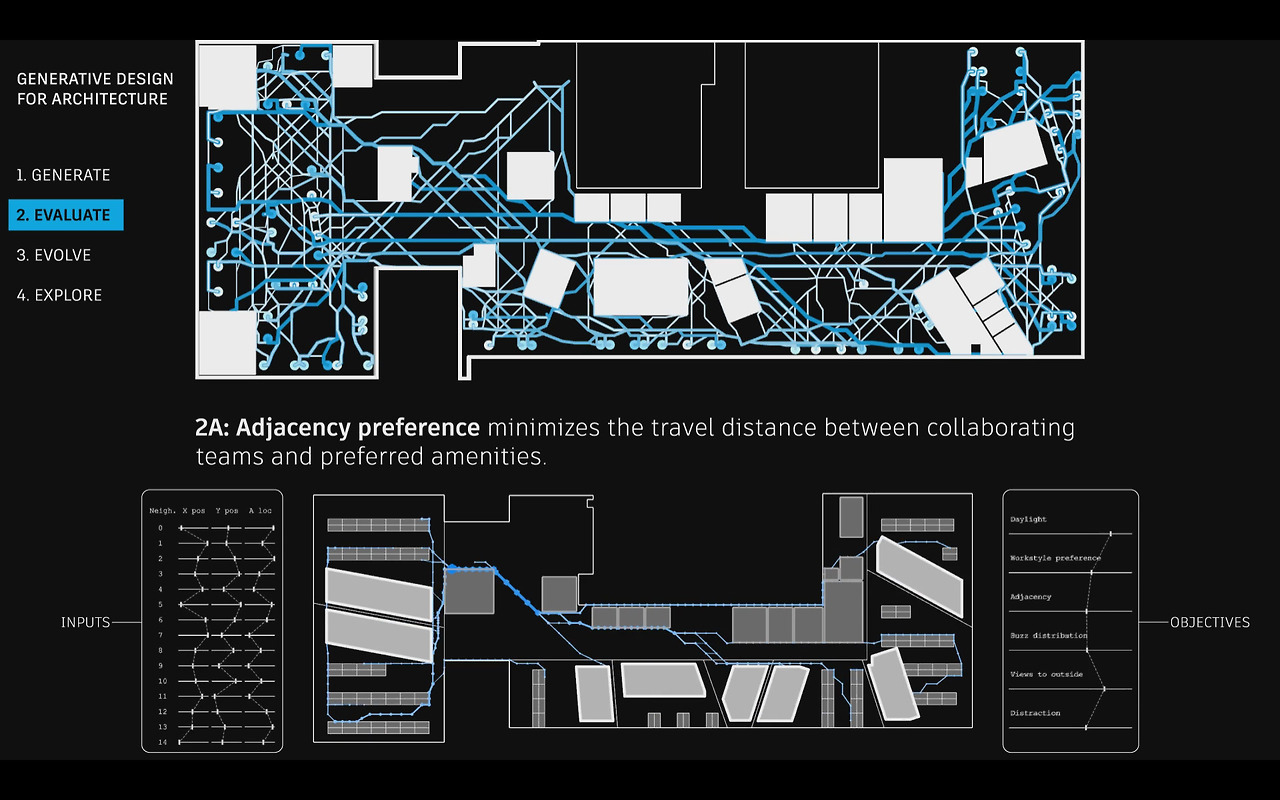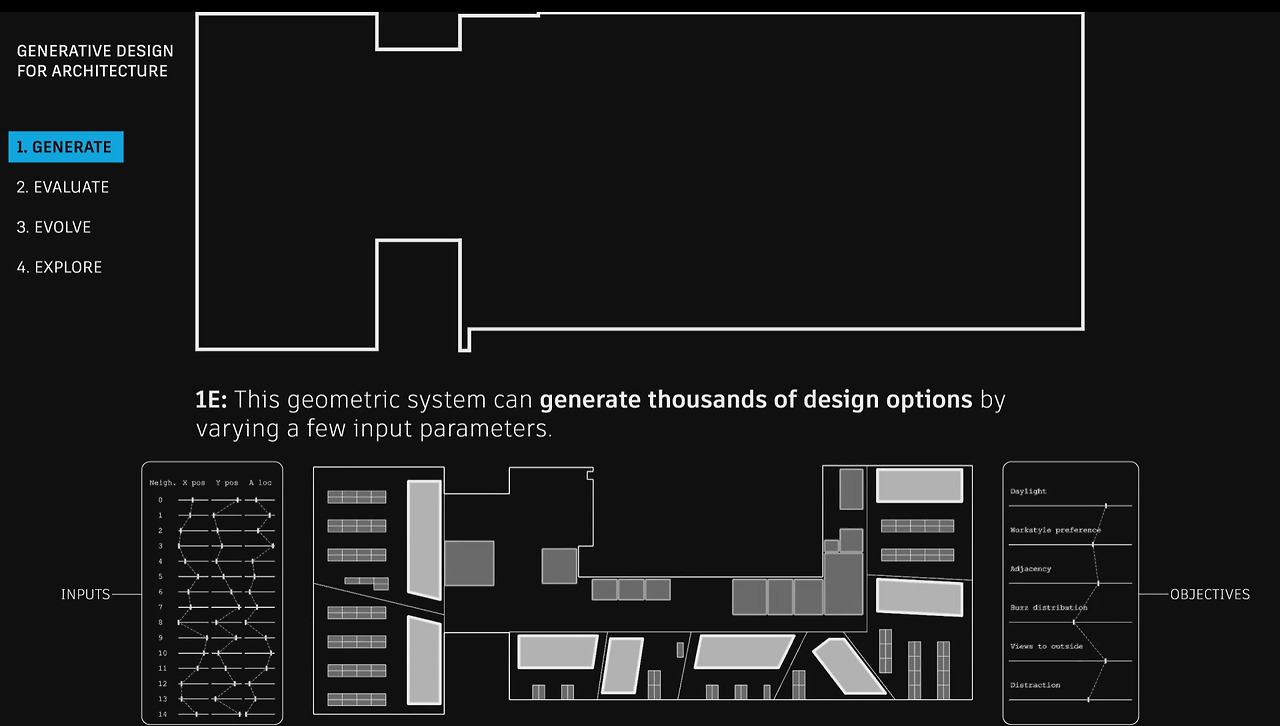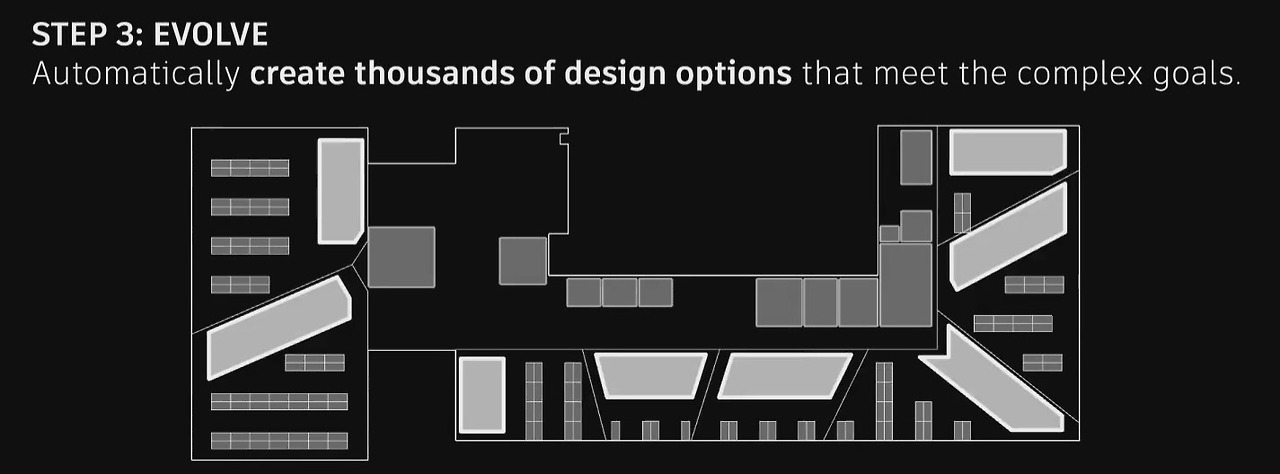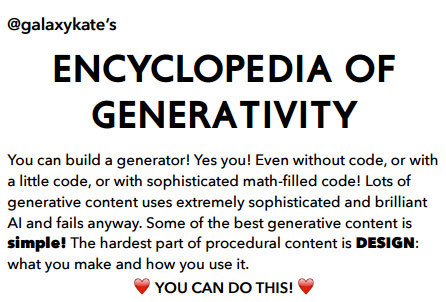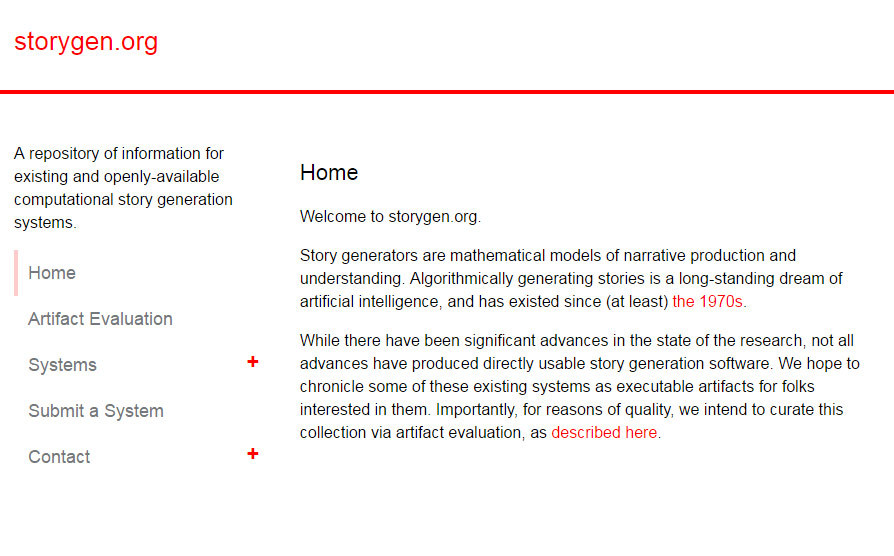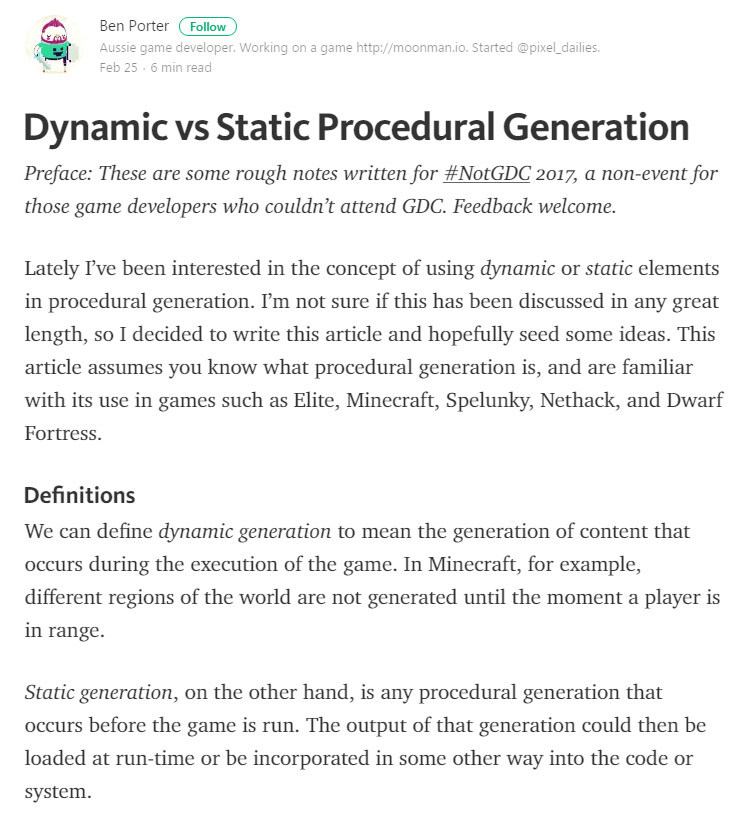
Dynamic vs. Static Generation
During the week of GDC, Ben Porter started NotGDC, a non-event for game developers who couldn’t make it to GDC. His contribution was this essay about procedural generation (a topic that he knows a thing or two about).
I’m personally not sure if I like the terminology, since “dynamic” gets overused for a lot of stuff, but the distinction between just-in-time/run-time and pre-generated but still procedural content is an important one. Run-time generation gets a lot of the press, since it’s obvious to the end-user, but construction-time generation has been a quiet workhorse in a lot of production pipelines.
Indeed, a lot of new techniques start out as artist tools and only later get re-purposed for real-time use. But because players seldom see them, there’s not as much awareness of just how much of game development is really tools development.
https://medium.com/@eigenbom/dynamic-vs-static-procedural-generation-ed3e7a7a68a3#.3uirqymwh
(Check out the other NotGDC articles too! https://eigenbom.github.io/notgdc2017/ )

